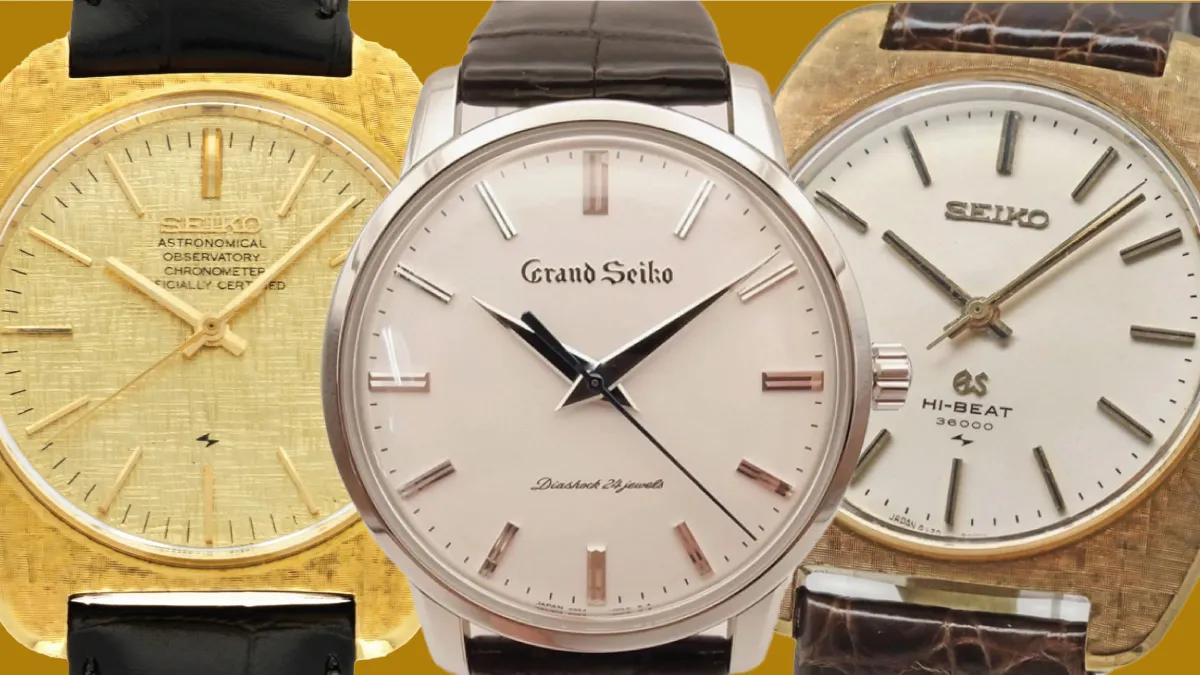The history of Seiko watches is a fascinating journey through innovation, craftsmanship, and industry disruption. Here’s a concise overview of Seiko’s evolution:
Origins: 1881–1924
1881: Kintaro Hattori opened a watch and jewelry shop in Tokyo at age 21.
1892: Founded Seikosha, a factory producing wall clocks.
1913: Released Japan’s first wristwatch, the Laurel.
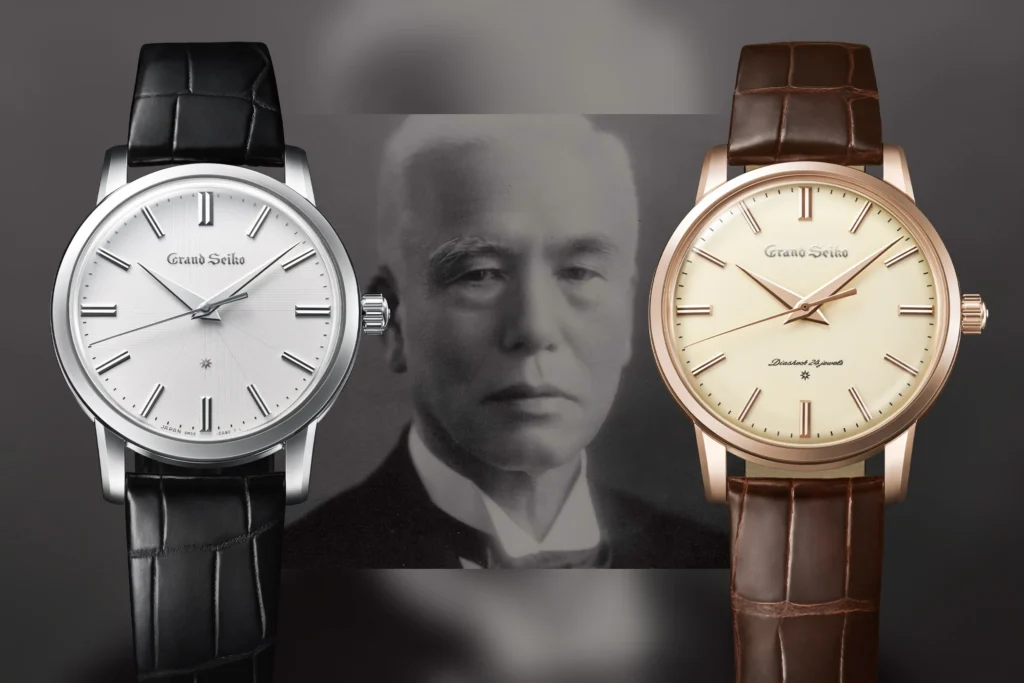
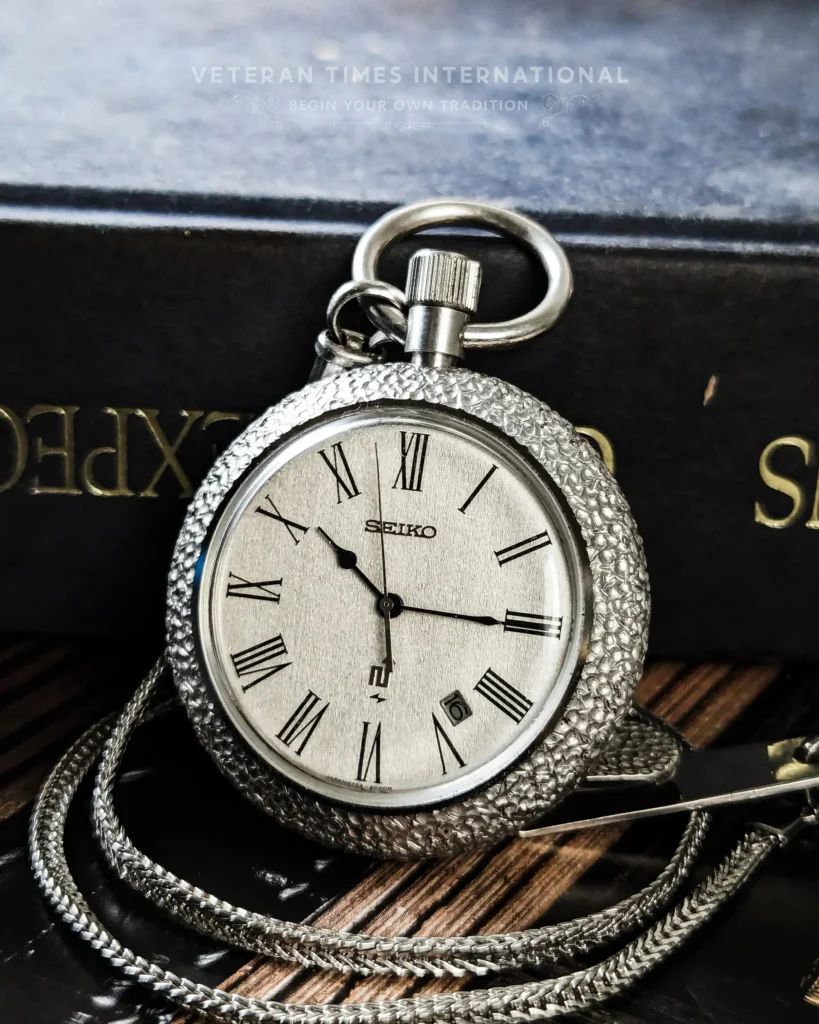
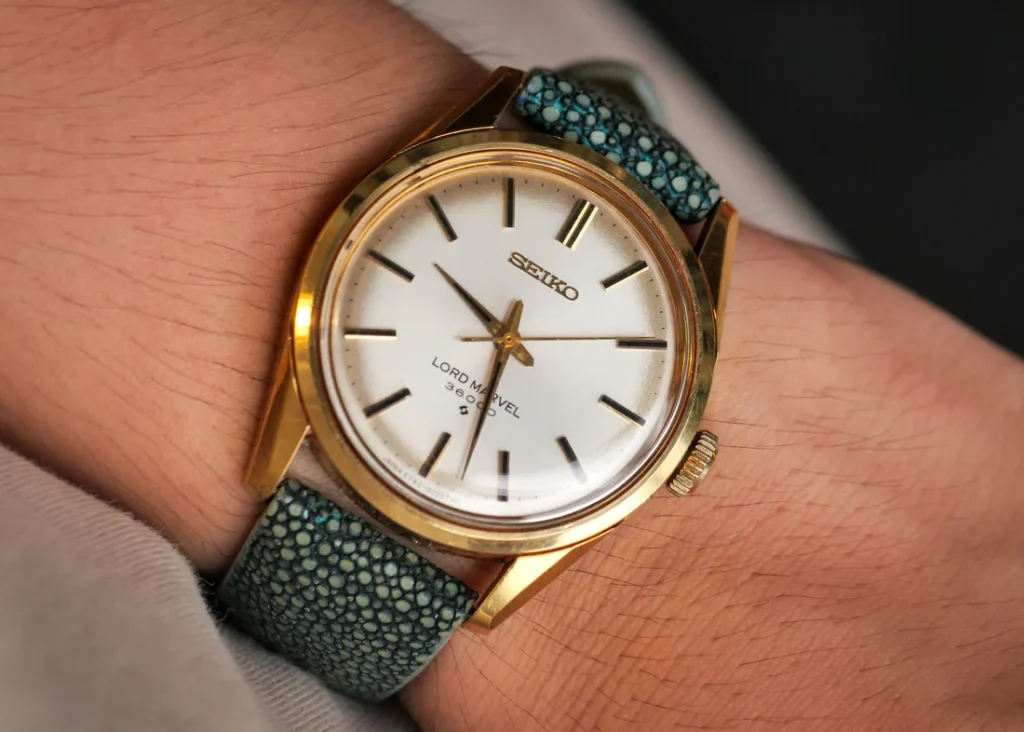
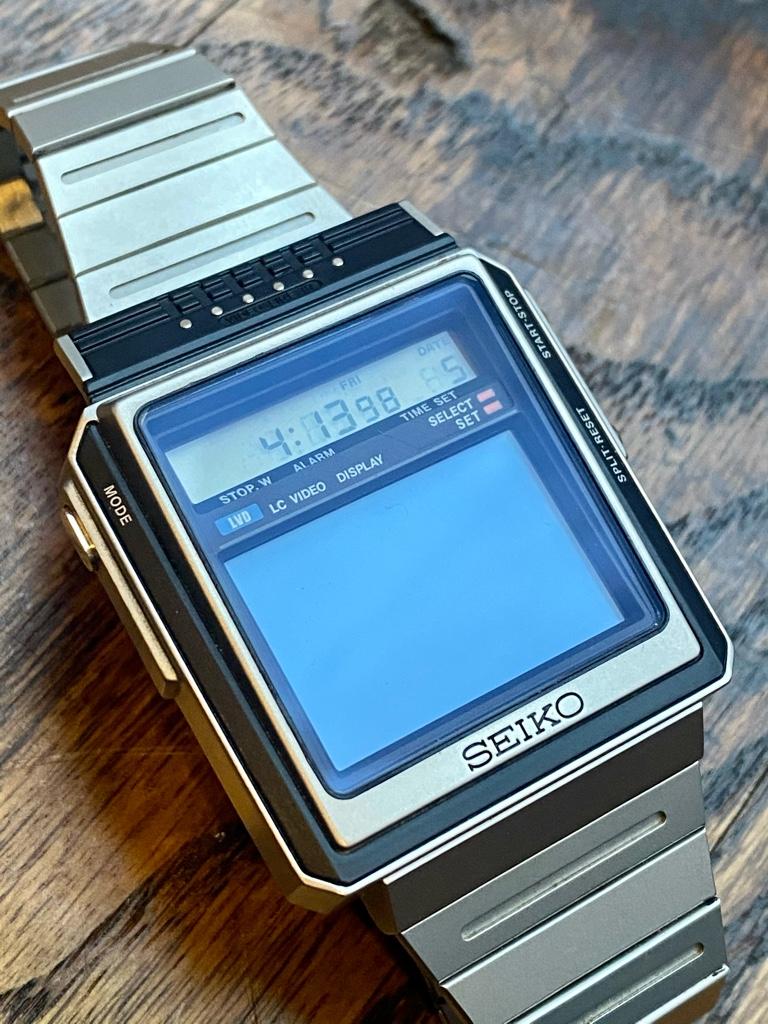
Early Developments: 1924–1959
1956: Released Japan’s first self-winding wristwatch.
1924: First watch branded “Seiko” launched.
1930s–50s: Seiko became a dominant Japanese watchmaker, emphasizing precision and design.
Technological Revolution: 1960–1980
1973: Introduced the world’s first LCD quartz watch with a six-digit digital display.
1960: Launched the Grand Seiko, a luxury line to compete with Swiss watches.
1964: Official timekeeper for the Tokyo Olympics.
1969:
Released the Seiko Astron, the world’s first quartz wristwatch.
Revolutionized the industry by offering unmatched accuracy and affordability.
Diversification and Global Growth: 1980–2000
1988: Introduced Kinetic technology (generates power from motion).
Expanded into kinetic, solar, and multifunctional quartz watches.
1982: Launched TV watch (worn by James Bond in Octopussy).
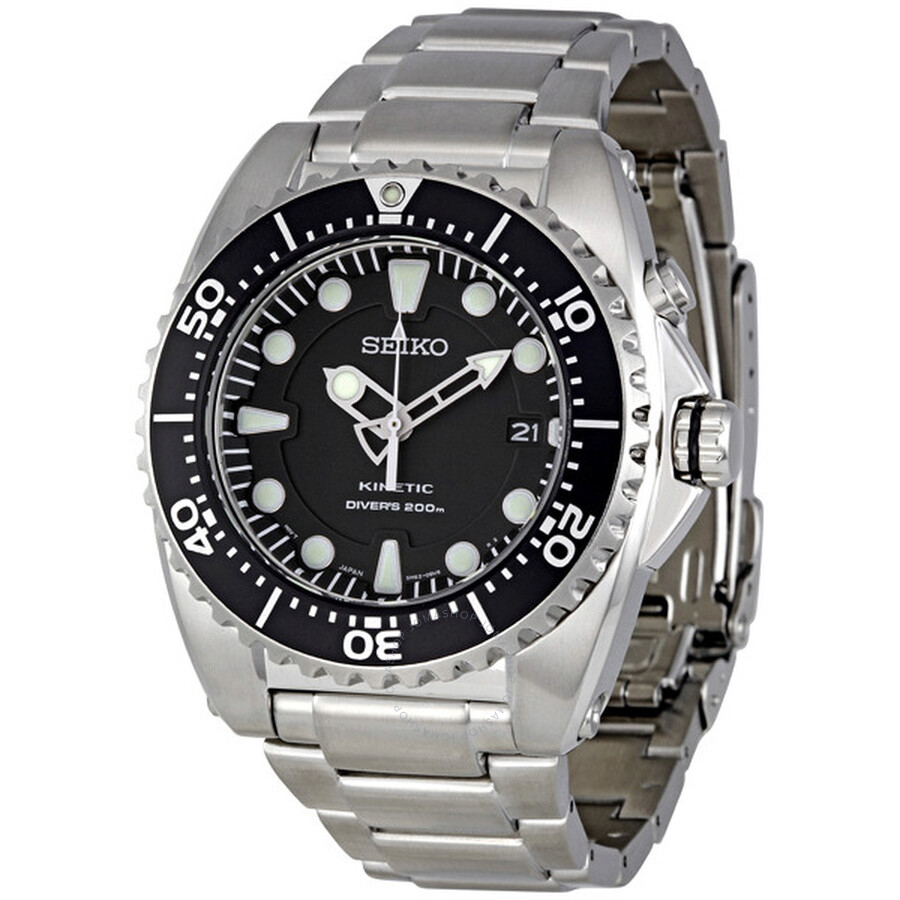
Modern Era: 2000–Present
- Focused on innovation, luxury, and craftsmanship.
- Continued growth of Grand Seiko as an independent luxury brand (became independent in 2017).
- Developed Spring Drive, a unique movement combining mechanical and quartz tech.
- Increased emphasis on eco-friendly movements like solar and kinetic.
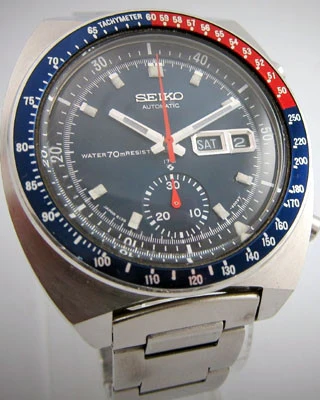
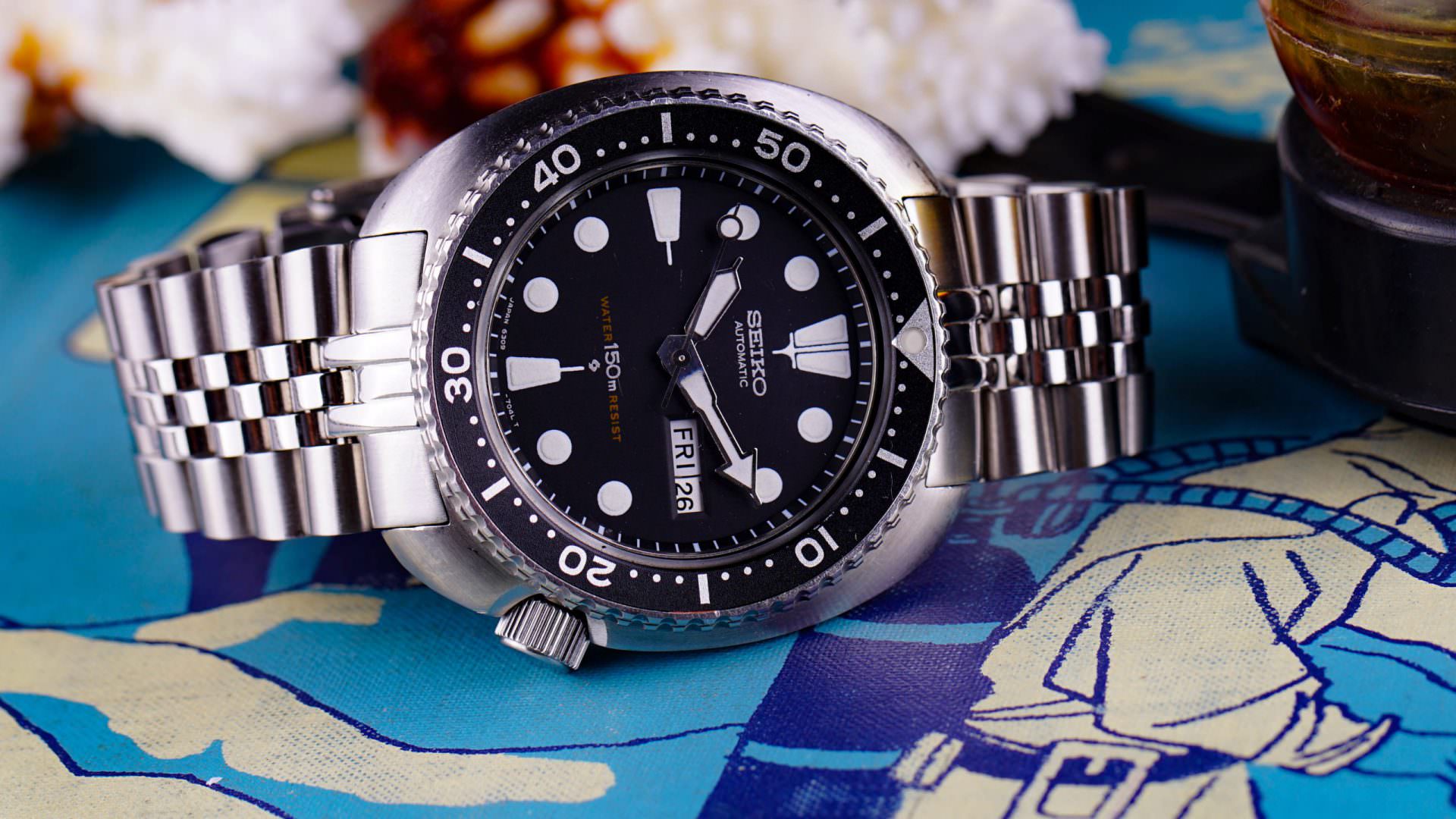
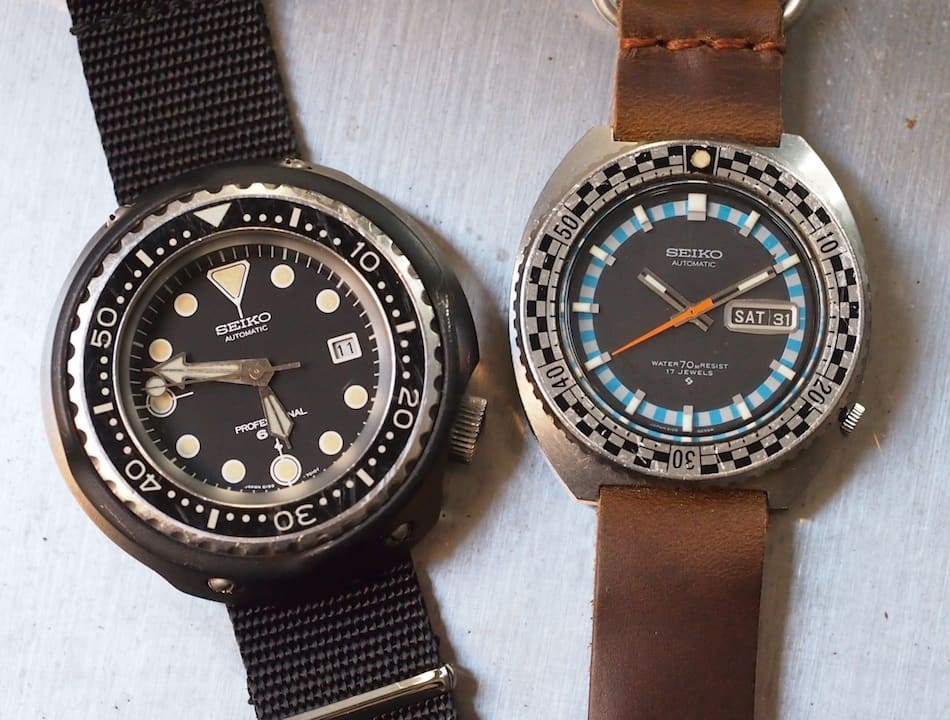
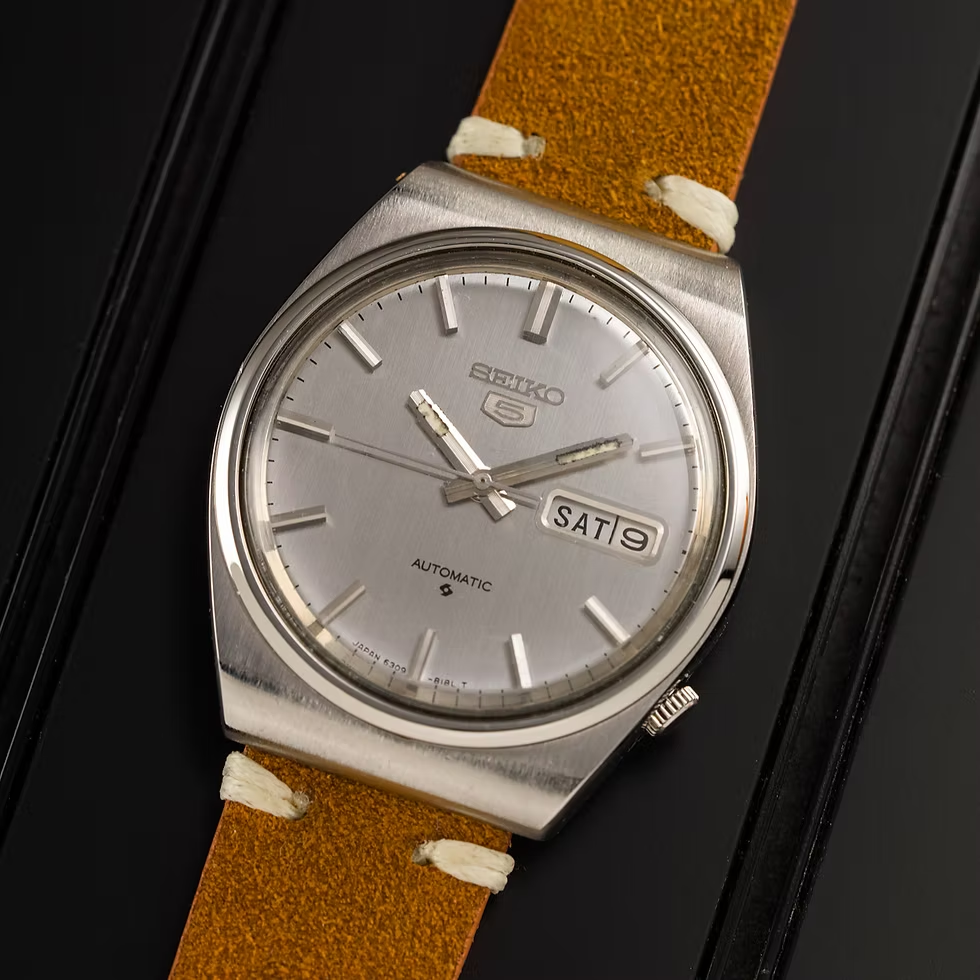
Iconic Seiko Lines
- Seiko 5: Affordable, durable, automatic watches.
- Grand Seiko: Precision luxury with high-end finishing.
- Prospex: Professional sports and dive watches.
- Presage: Elegant, mechanical dress watches with Japanese artistry.
- Astron: GPS solar watches for world travelers.
